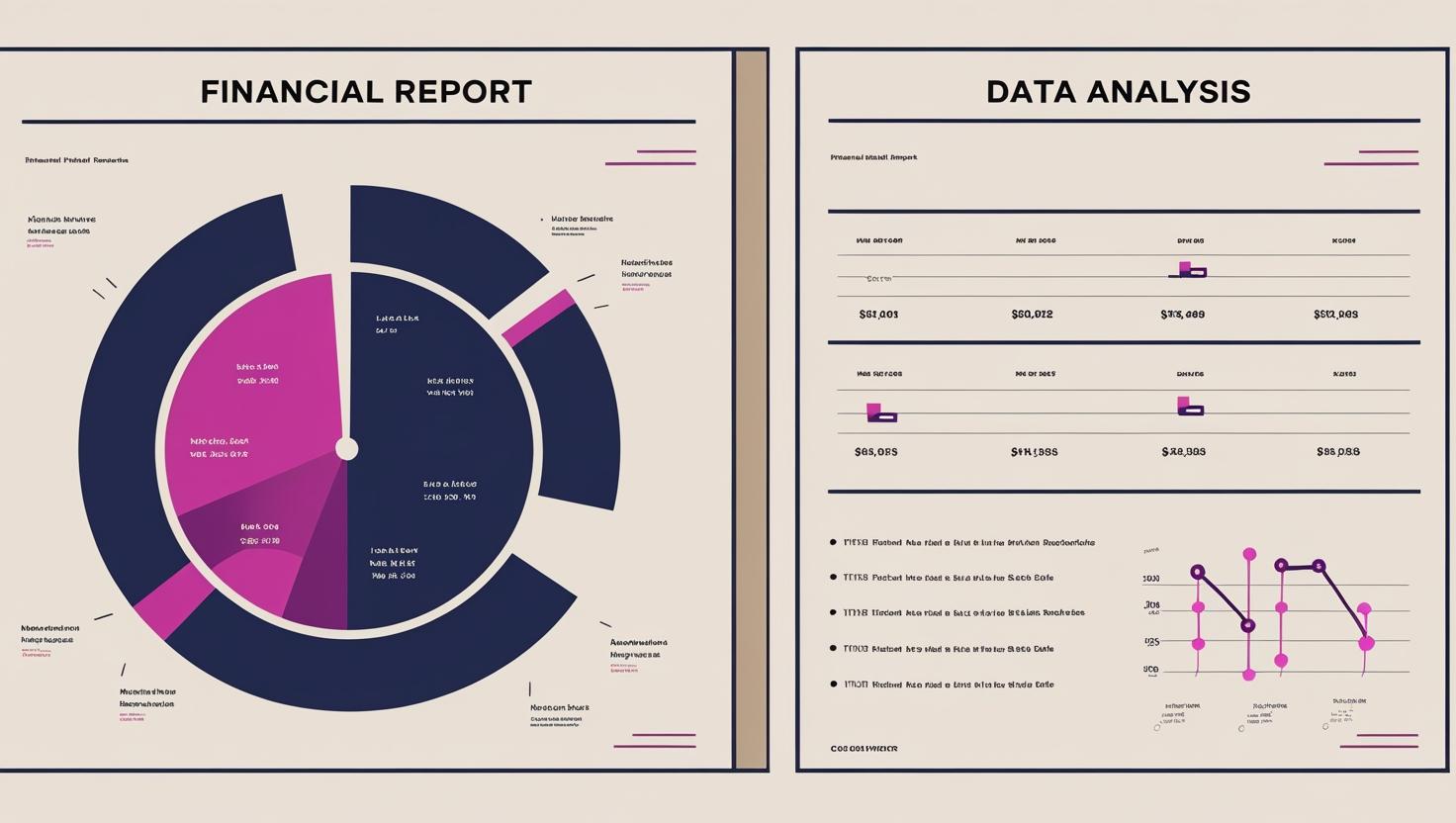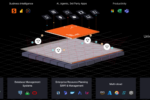You’re reviewing a report filled with charts, tables, and KPIs. It tells you what happened last month. But here’s the bigger question: What should you do next?
In business, reporting and analysis are often mentioned together – but they are not the same.
While reporting organizes past data into structured outputs, analysis interprets that data to uncover insights, trends, and opportunities. One informs, the other empowers.
Understanding the difference – and using both together – is key to making smarter, faster, and more confident decisions.
What’s the difference?
| Aspect | Reporting | Analysis |
| Purpose | Summarizes past data | Explores data to generate insights |
| Users | Finance teams, executives | Analysts, strategists, planners |
| Tools | Dashboards, charts, reports | Forecasting models, scenario planning, data visualization |
| Output | Fixed-format summaries | Dynamic recommendations, predictions |
| Approach | Push – sent regularly | Pull – explored as needed |
| Timeframe | Backward-looking | Present- and future-focused |
In short: reporting tells you what happened, and analysis helps you understand why it happened – and what to do next.
Why isn’t reporting alone enough?
Reports provide valuable visibility: performance metrics, financial statements, sales results, and so on. They’re essential for tracking progress, meeting compliance requirements, and staying aligned across teams.
For example:
- A report might show that customer acquisitions dropped last quarter.
- Analysis uncovers that the decline was driven by reduced marketing spend in a key region.
Without analysis, reporting becomes a rear-view mirror: informative, but not necessarily actionable.
How analysis create business value?
Analysis goes beyond observation. It connects the dots. It reveals root causes, predicts trends, and supports strategic decisions.
- It tells you if that revenue dip is seasonal – or a warning sign.
- It identifies opportunities for cost optimization.
- It informs your next product launch or hiring plan.
In fast-moving markets, this kind of insight is critical.
Reporting = automation, analysis = interpretation
Most reporting tasks – like collecting, formatting, and distributing data – can be automated. That’s a win: automation saves time, reduces errors, and ensures consistency.
Analysis, however, is a more nuanced task. It requires business understanding, context, and domain expertise. It’s not just about the data – it’s about asking the right questions and knowing what to do with the answers.
That’s why the demand for skilled analysts continues to grow – and why technology that supports both reporting and analysis is so valuable.
The push vs. pull dynamic
Think of reporting as a push process: standardized information is delivered on a regular schedule – monthly reports, daily dashboards, quarterly statements.
Analysis, on the other hand, is a pull process: users dive into the data to answer specific questions or explore hypotheses. The outputs are less rigid – ad hoc summaries, scenario models, strategic forecasts.
Both approaches are essential. But organizations that only push information often struggle to respond when the context changes.
The rise of self-service BI
Modern tools have made both reporting and analysis more accessible than ever.
With self-service platforms like Jedox, business users can build their own dashboards, explore data independently, and collaborate across teams – without relying on IT.
This empowers finance and business leaders to:
- Spend less time preparing reports,
- Spend more time analyzing them,
- Respond faster and make more confident decisions.
A unified data model also ensures that everyone’s working with the same reliable numbers – no more “multiple versions of the truth.”
From static reports to strategic advantage
Business intelligence is evolving – from hindsight to foresight.
Thanks to real-time data, predictive analytics, and AI-powered insights, companies can now:
- React to trends as they emerge,
- Forecast more accurately,
- Simulate scenarios and plan proactively.
Static reports have given way to interactive dashboards, where decision-makers can filter, drill down, and pivot their view in real time.
Jedox supports this shift by combining planning, reporting, and analytics in one platform – so you can move from tracking numbers to truly leveraging them.
Summary
Reporting and analysis aren’t rivals – they’re partners.
- Reporting gives you clarity.
- Analysis gives you direction.
When used together, they turn raw data into business value.
Jedox knows that empowering teams with both structured reporting and insightful analysis is the foundation of better, faster decision-making. If you’re ready to move beyond static reports and unlock the full potential of your data, we’re here to help.


